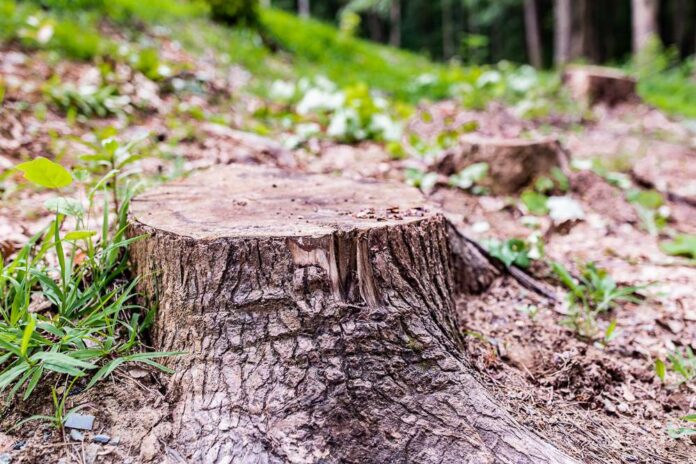When it comes to trees, size matters, an extra few inches in height or width, or extra years of maturity, can substantially increase the value of a tree’s timber.
Whether you’re repurposing the land, trying to increase the value of your property, or simply trying to return the land you’ve bought back to its natural state, removing a tree stump can be more complicated than you expect it to be.
However, if you have the right equipment and knowledge, it isn’t a battle you need to throw in the towel on.
Here’s how to go about getting rid of tree stumps
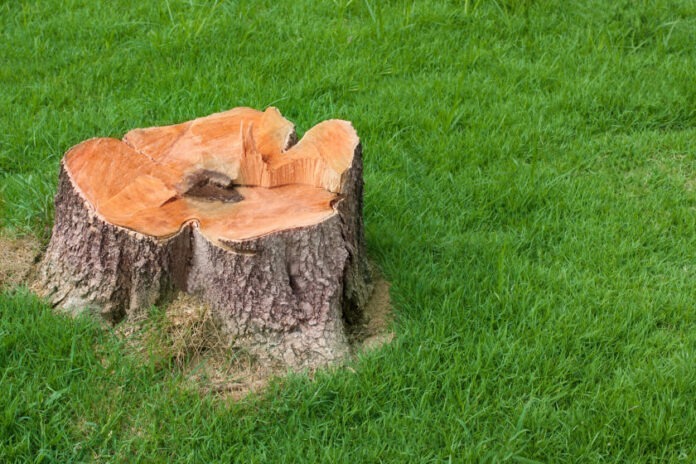
Manual Removal: The Basics
Manual removal is the most traditional method of tree stump removal. It requires manual labor and involves digging up the entire root system. Be sure to wear boots and other protective clothing during the entire process. After removing the tree stump, fill the hole with soil and sod.
Grinding: Breaking Up a Stump
Removing tree stumps can be a daunting, time-consuming chore – but it doesn’t have to be. Stump grinding is an efficient and effective way to get rid of an annoying tree stump and clear space for building or gardening projects. If you have a large tree that’s been killed by a storm or an ice storm, there may be some stumps remaining. If so, you need to take action to remove the stump before it becomes a hazard. There are several ways to get rid of a stump, and the most effective depends on the size and type of stump.
One method is to use a chainsaw. Start by cutting off the top of the stump so that it’s about 1 foot below ground level. Then use the chainsaw to chop down into the wood until it breaks free from the ground. Make sure that you keep your hands well protected by wearing gloves and safety goggles. Keep an eye on your surroundings at all times, as tree stumps can easily become unstable and fall onto people or animals below.
With a little work, you can successfully remove a tree stump and clear the area of any risk of regrowth. Make sure to grind down your tree stump evenly, avoiding deep trenches and large chunks.
Clean up any mess created by the grinder with a rake. After the stump is ground to the desired depth, remove it from the work area with a chainsaw.
Digging Out the Stump
When you have a large tree that has died, the stump can pose a serious problem. Over time, the stump can become root-bound and decay. You may think that you can just cut away the roots, but this will only make the stump worse. The best way to get rid of a tree stump is to use an excavator or a bulldozer. Digging out a tree stump can be daunting, but it is achievable with the right tools and techniques. Use a chainsaw to cut the remaining tree trunk below the ground level.
Dig up the soil around the stump, getting as much of the roots as possible. Then use a pry bar to lift the roots away from the ground and a stump grinder to cut off the remaining roots. Once you’ve removed all the remaining material, you can safely remove the tree stump and create a brand-new space.
Chemical Decomposition Method
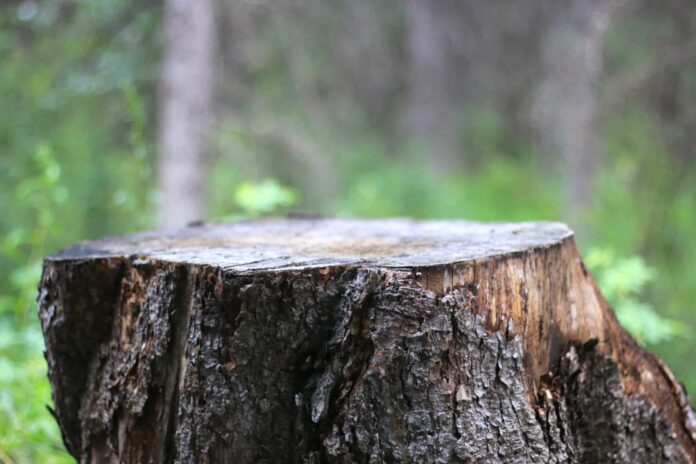
Chemical decomposition is a process by which organic materials are broken down into simpler molecules through the action of enzymes and other chemicals. This usually happens in an environment with lots of oxygen, such as the soil or water. The most common type of decomposition is called aerobic decomposition, which is when the process takes place in a presence of oxygen. Anaerobic decomposition, on the other hand, occurs without oxygen and is more common in buried objects or undersea environments. The chemical decomposition method is an effective and efficient way to get rid of tree stumps. Fill the holes with high-grade ammonium sulfate, which will break down the stump and release the nutrients into the soil.
Allow several weeks for the stump to decompose. After that, you can replant grass and other plants in the area.
Prevention: Proper Tree Maintenance
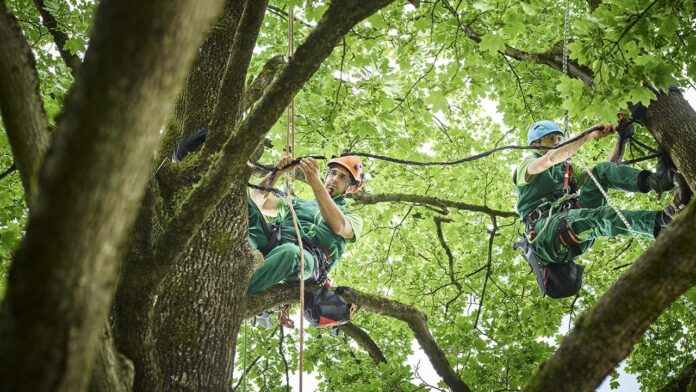
Proper tree maintenance is vital to keeping your trees healthy and vibrant. Here are a few tips for properly taking care of your trees:
- Prune regularly to keep the tree healthy and strong. Overgrown branches can damage the trunk, leaves, and flowers.
- Remove dead or diseased limbs before they fall to the ground. This will help prevent decay and pests from getting into the tree’s wood.
- Clean out any debris around the base of the tree every few years to avoid root disease and fungus growth.
- Inspect your trees for signs of disease or damage at least twice a year, especially in areas where there is a lot of wind or snow exposure.
- Apply a balanced fertilizer each year in early Spring and late Fall to help promote strong growth and healthy roots.
Preventing the need to remove a tree stump requires proper tree maintenance and care. Prune trees regularly and keep branches and leaves trimmed to prevent disease.
When limbs need to be removed, do so gradually to avoid stress on the tree. Fertilize and inspect the tree regularly to ensure it is healthy and thriving.
Learn How to Remove Tree Stumps
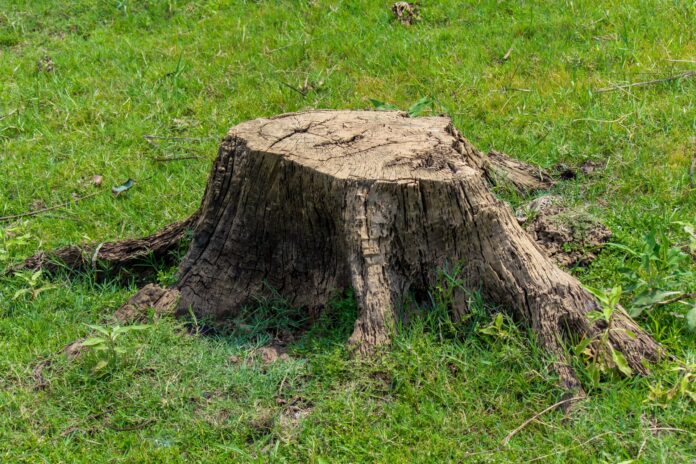
Tree stumps can be an eyesore, but following these steps can help to quickly and easily remove tree stumps. These steps may require extra steps, such as renting a stump grinder, but they can yield great results.
Follow the tips outlined in this guide for anyone looking for a cost-effective and sustainable solution for their tree stumps. Happy stump-removing!
Did you find this article helpful? Check out the rest of our blogs!
